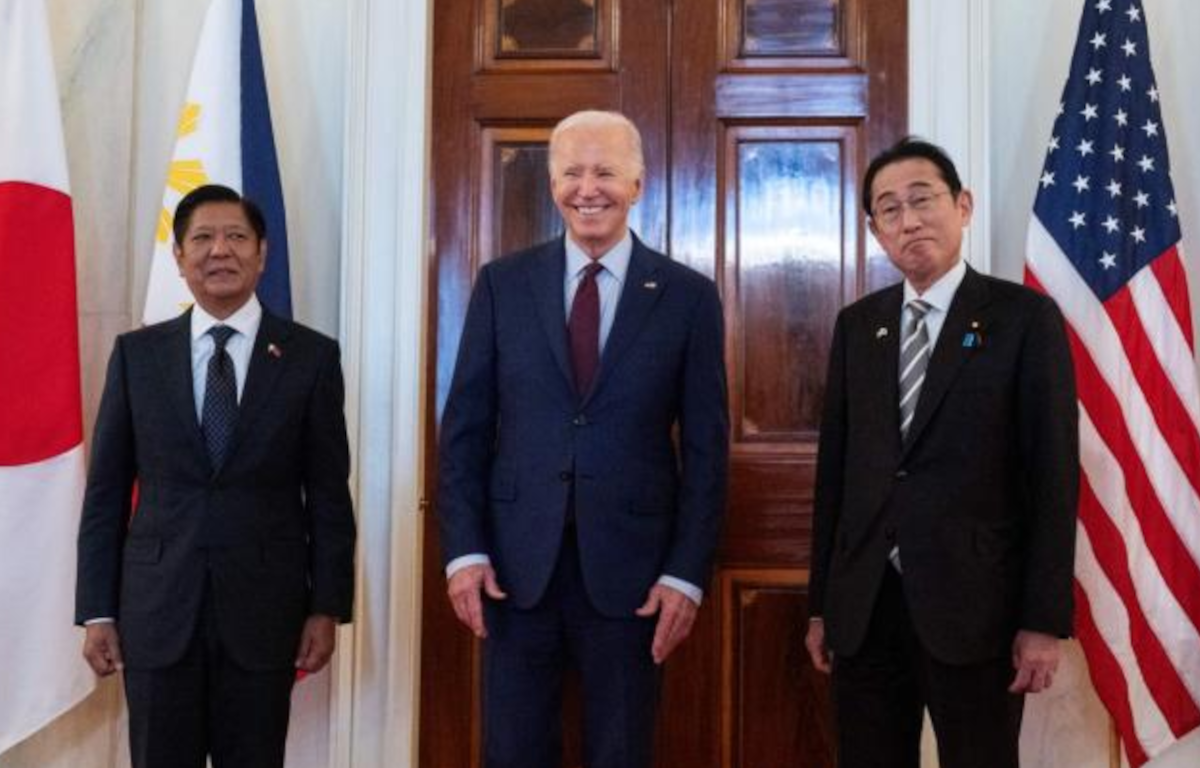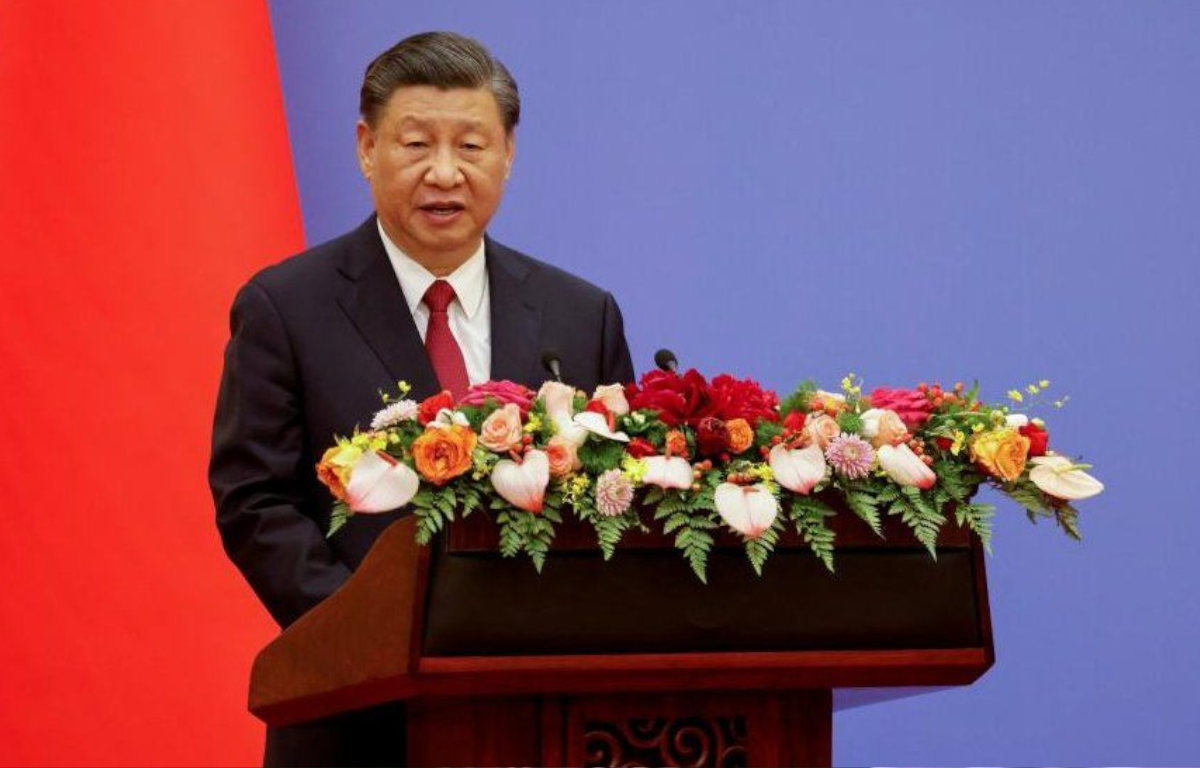
China’s rise as a global economic powerhouse has led to an insatiable demand for natural resources to fuel its industries. Latin America, rich in commodities like oil, minerals, and agricultural products, presented an ideal opportunity for China to secure its resource needs. Consequently, China began investing billions in the region, primarily through infrastructure projects, trade agreements, and loans to governments.
One of China’s major contributions to Latin America has been its involvement in infrastructure development. New roads, bridges, ports, and railways funded by Chinese loans have enhanced connectivity within and outside the region. These projects have the potential to stimulate economic growth and increase trade. However, concerns arise when the terms of such loans result in heavy debt burdens for the host countries.
While Chinese investment has injected much-needed capital into Latin American economies, it has also led to economic dependence. Countries heavily reliant on a single trading partner are vulnerable to market fluctuations and shifts in global demand. Moreover, the influx of cheap Chinese goods can undermine local industries, leading to unemployment and economic disparity.
China’s pursuit of resources in Latin America has sometimes come at a cost to local cultures and the environment. Mining and logging operations can disrupt indigenous communities and damage delicate ecosystems. Additionally, the environmental regulations in place in some Latin American countries might be less stringent than those in more developed nations, raising concerns about sustainability.
China’s financial involvement has also raised questions about debt diplomacy and political influence. Critics argue that China’s loans often come with conditions that may favor Chinese interests over the long-term stability of the borrowing nations. This could potentially lead to a situation where countries are indebted not only economically but also politically.
As Latin American nations navigate their relationship with China, a delicate balance must be maintained. While Chinese investment can jumpstart economic growth and development, it should not come at the expense of local industries, cultures, or long-term sustainability. Negotiating favorable terms for loans and investments is crucial, as is diversifying trade partners to mitigate the risks associated with economic dependence.
To counter the potential negative impacts of China’s investments, Latin American countries can prioritize sustainable development. This involves ensuring that infrastructure projects adhere to rigorous environmental standards, that trade agreements are balanced, and that local communities have a say in decisions that affect their lands and livelihoods.










Share this: